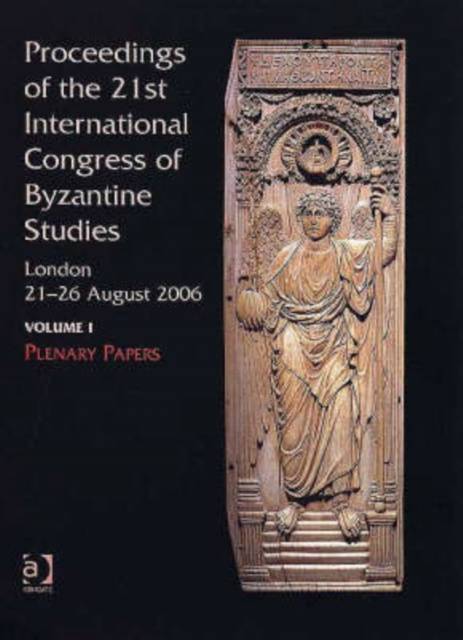
- Afhalen na 1 uur in een winkel met voorraad
- Gratis thuislevering in België vanaf € 30
- Ruim aanbod met 7 miljoen producten
- Afhalen na 1 uur in een winkel met voorraad
- Gratis thuislevering in België vanaf € 30
- Ruim aanbod met 7 miljoen producten
Zoeken
Proceedings of the 21st International Congress of Byzantine Studies, London, 21-26 August 2006
Volume I: Plenary Papers; Volume II: Abstracts of Panel Papers; Volume III: Abstracts of Communications
Anthony Bryer
Hardcover | Engels
€ 419,45
+ 838 punten
Omschrijving
The theme of the 2006 International Congress of Byzantine Studies was display. This is explored under eight headings which highlight different aspects of the theme and different disciplines within Byzantine Studies: Empire, Works and Days, Infrastructures, Words, Texts, Orthodoxy, Byzantium as Display, and The Future of the Past. In the process many of the possible responses to Byzantium are examined, the most direct response being to ask whether there was a real Byzantium or only an imaginary modern construct. But the aim is to make this simple dichotomy more complex, and assess first what strategies the people of Byzantium used to express their thoughts, ideals, fears and beliefs, and then how these have been interpreted through various modern discourses. The first volume presents the texts of the 28 plenary papers delivered at the Congress; the second and third contain the abstracts of the approximately 700 papers written for the 64 separate panels and the sessions of communications.
Specificaties
Betrokkenen
- Auteur(s):
- Uitgeverij:
Inhoud
- Aantal bladzijden:
- 1156
- Taal:
- Engels
Eigenschappen
- Productcode (EAN):
- 9780754657408
- Verschijningsdatum:
- 1/09/2006
- Uitvoering:
- Hardcover
- Formaat:
- Genaaid
- Afmetingen:
- 174 mm x 246 mm
- Gewicht:
- 453 g

Alleen bij Standaard Boekhandel
+ 838 punten op je klantenkaart van Standaard Boekhandel
Beoordelingen
We publiceren alleen reviews die voldoen aan de voorwaarden voor reviews. Bekijk onze voorwaarden voor reviews.








